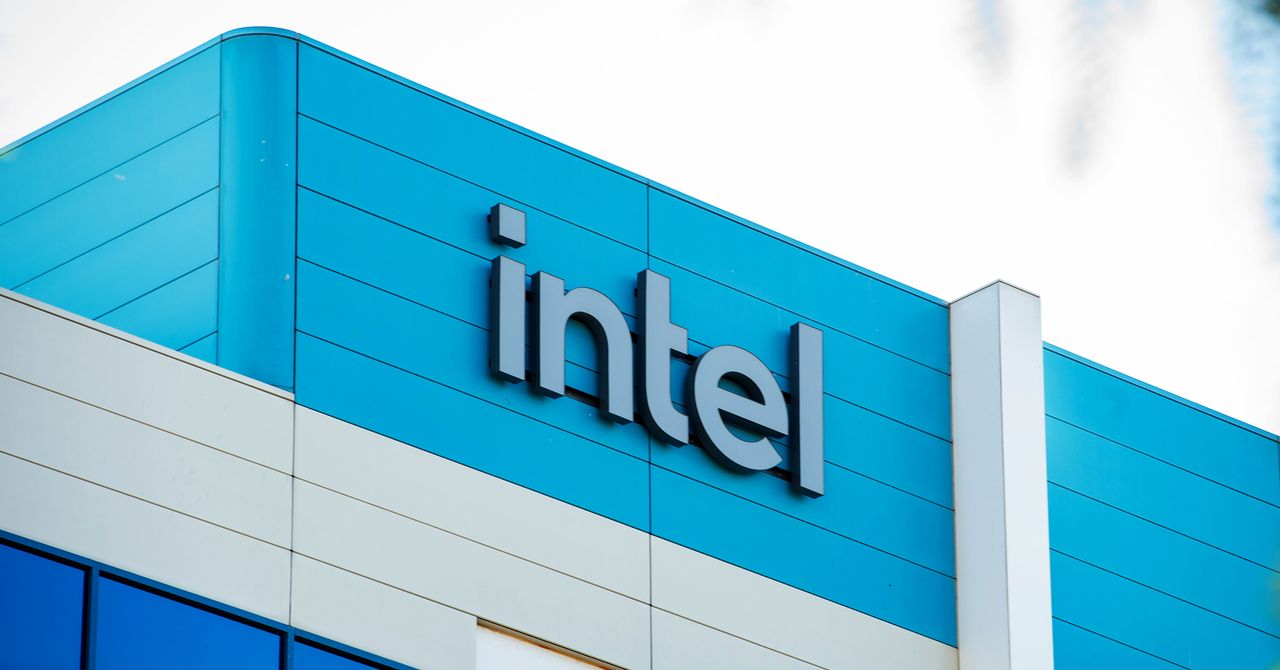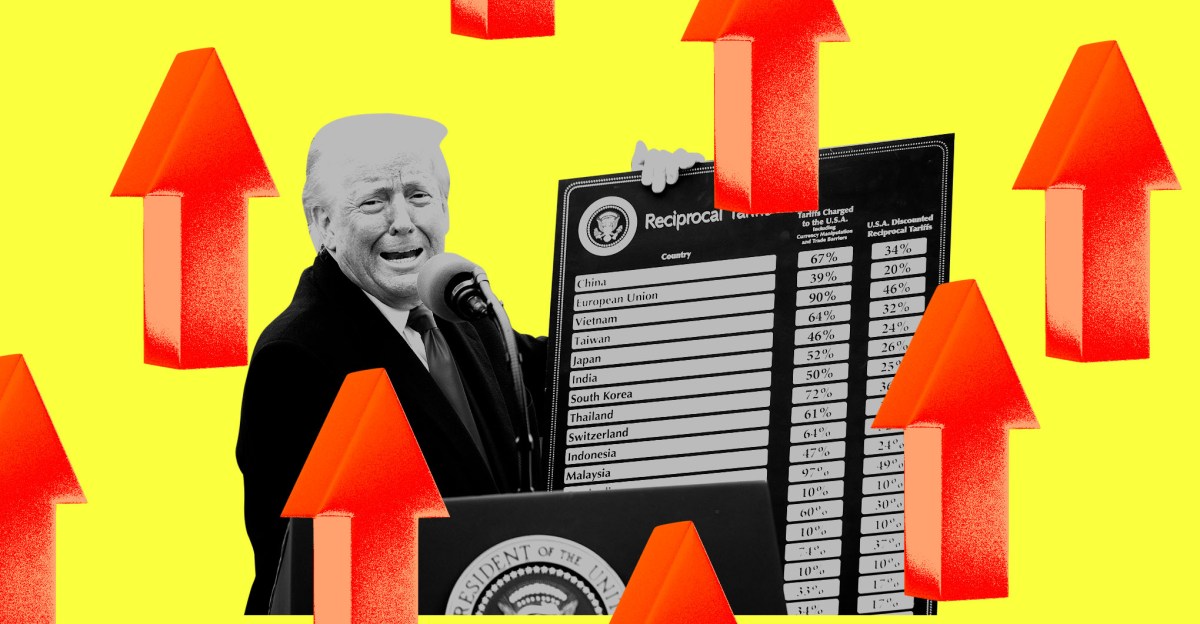
Trump's tariffs jeopardize the recovery of semiconductors in the U.S.
Although the White House established a limited exemption for certain semiconductor products, the broad tariffs imposed by President Donald Trump still apply to GPUs and chip manufacturing equipment.
Silicon Valley breathed a sigh of relief on Wednesday upon learning that the tariffs implemented by President Donald Trump included an exemption for semiconductors, meaning that, at least for the moment, they would not be affected by an increase in import taxes. However, just three days later, some U.S. tech companies might be discovering that this loophole creates more complications than it resolves.
Following the tariff announcement, the White House released a list of products that, according to them, would not be affected, but many types of chip-related goods are excluded. This means that only a limited number of U.S. manufacturers will be able to continue obtaining chips without considering additional import costs. Currently, the vast majority of semiconductors arriving in the United States are already packaged in non-exempt products, such as graphics processing units (GPUs) and servers used for training artificial intelligence models. Manufacturing equipment that local companies use to produce chips domestically was also not exempted.
According to Martin Chorzempa, a senior researcher at the Peterson Institute for International Economics, "if you are a large chip producer making a significant investment in the United States, a hundred billion dollars will get you much less in the coming years than it did in previous years." The U.S. Department of Commerce did not provide effective comments on this matter.
Stacy Rasgon, a senior analyst specializing in semiconductors at Bernstein Research, argues that the limited exemption for chips will be ineffective in mitigating the broader negative impacts on the industry. Since most semiconductors arrive at U.S. borders packaged in servers, smartphones, and other devices, the tariffs represent "something in the range of a 40 percent combined tariff on those products," explains Rasgon.
The Trump administration used a complex system called the Harmonized Tariff Schedule (HTS) to determine which goods would be subject to tariffs, organizing millions of products into categories corresponding to different import tax rates. The White House document listed only a small group of HTS codes in the semiconductor space that would be exempt from the new tariffs.
For example, GPUs are typically classified as 8473.30 or 8542.31 in the HTS system, and Trump's exemption only applies to the most advanced GPUs in the 8542.31 category. This exemption does not cover other codes for related types of hardware. According to information from Nvidia, its DGX systems, a series of preconfigured servers with GPUs designed for artificial intelligence computing tasks, are classified as 8471.50, suggesting that they are also not exempt from tariffs.
Although the details may be confusing, a 2020 case showed that an importer of Nvidia GPU models had to seek clarifications on how they were classified. After a review, U.S. Customs determined that those models fell into the 8473.30 category, which would also be affected by the tariffs. Of the more than 1,300 products Nvidia lists, fewer than one-fifth appear to be exempt from the new tariffs.
The rising costs associated with the tariffs could significantly impact chip manufacturers and artificial intelligence companies in the United States, making it more complicated to develop data centers and create advanced AI models domestically. Nvidia's stock price has declined significantly, losing about a third of its value since early 2025, according to Rasgon.
Mark Wu, a professor at Harvard Law School and an international trade expert, warns that the possibility of other countries involved in the semiconductor supply chain imposing retaliatory tariffs creates a climate of uncertainty for businesses. Trump might also announce new tariffs focused on chips, adding further complexity to the situation.
Trump's trade policies aim to attract more manufacturing to the United States but could still reverse the previously observed growth in chip manufacturing. The Semiconductor Industry Association reported a 48.4 percent growth in sales in the Americas between February 2023 and 2024, compared to a 5.6 percent increase in China and an 8.1 percent decline in Europe. However, globally, the United States' share of chip manufacturing is relatively small and has declined over time.
A notable omission in the list of exemptions is lithography machines, essential for chip manufacturing, which are primarily produced in countries like the Netherlands and Japan, where they are already subject to significant tariffs. Imposing tariffs on this equipment could hinder efforts to revive semiconductor manufacturing in the United States.
U.S. allies, such as Taiwan, will also feel the weight of the tariffs, despite the semiconductor exemption since most of their exports to the U.S. are not exempt. Only about 10 percent of Taiwan's exports to the United States are semiconductor products that would qualify for the exemption. Additionally, server manufacturers in Taiwan, operating with narrow margins, may be forced to raise prices for their American customers.
In summary, as the United States implements these tariffs, the global supply chain environment is facing uncertain changes, which could have lasting and complicated repercussions for the tech industry and beyond.




